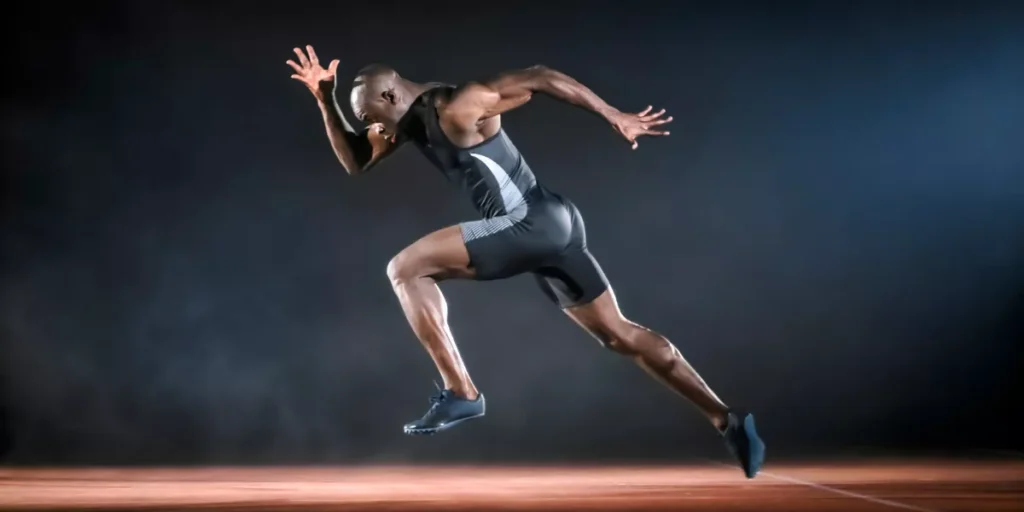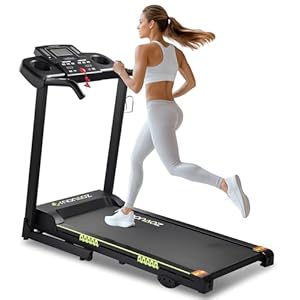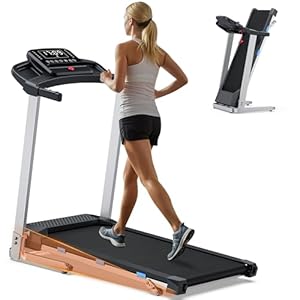
To truly grasp the essence of running, you must consider the intricate interplay between physiology and technique. Understanding how your body moves and adapts during each stride can unlock new levels of performance and longevity in your running journey. By peeling back the layers of this scientific tapestry, you’ll uncover hidden insights that could revolutionize the way you approach your runs. Stay tuned to uncover the secrets that could propel you towards your running goals with precision and grace.
Biomechanics of Running
When running, your body’s biomechanics play a crucial role in determining efficiency and preventing injury. Proper biomechanics involve the coordination of various muscles, tendons, and bones to propel you forward smoothly. Your foot strike, stride length, and arm swing all contribute to how efficiently you move.
Focusing on your foot strike, landing with your foot directly under your body helps distribute the impact forces evenly, reducing the risk of injury. A shorter stride length can also help decrease the stress on your joints, leading to a more sustainable running form. Your arm swing acts as a counterbalance to your legs, aiding in stability and propulsion.
Additionally, maintaining an upright posture while running allows for optimal lung capacity and efficient oxygen intake. Engaging your core muscles helps stabilize your body and transfer power from your lower body to your upper body. By paying attention to these biomechanical aspects of running, you can enhance your performance and minimize the risk of injuries.
Cardiovascular Adaptations
Cardiovascular adaptations during running enhance your heart’s efficiency in delivering oxygen to working muscles. As you engage in regular running, your heart becomes stronger, pumping more blood with each beat. This increased cardiac output allows more oxygen-rich blood to reach your muscles, improving their performance and endurance.
Furthermore, running triggers the dilation of your blood vessels, reducing resistance to blood flow. This adaptation, known as vasodilation, enables more efficient oxygen delivery to your hard-working muscles. Your body also increases the number of capillaries surrounding muscle fibers, further enhancing the exchange of oxygen and waste products.
Additionally, running boosts your overall cardiovascular fitness by elevating your heart rate and improving your body’s ability to transport and utilize oxygen. Over time, these adaptations lead to a lower resting heart rate, indicating a more efficient heart. Through consistent training, your cardiovascular system becomes better equipped to meet the demands of running, allowing you to run longer and faster with less fatigue.
Impact of Stride Efficiency
Improving your stride efficiency can significantly enhance your running performance and reduce the risk of injury. Stride efficiency refers to how effectively you move forward with each step. By optimizing your stride, you can cover more ground with less effort.
One key aspect of stride efficiency is maintaining proper form. This includes landing lightly on your feet, keeping your posture upright, and ensuring your foot strikes directly beneath your hip.
Additionally, focusing on increasing your cadence, or steps per minute, can help improve your stride efficiency. Shortening your stride and taking quicker steps can reduce the impact on your joints and muscles, leading to a smoother and more efficient running motion.
Engaging in strength training exercises, particularly targeting your lower body muscles, can also contribute to better stride efficiency by enhancing your power and stability.
Injury Prevention and Performance
To enhance both your running performance and prevent injuries, prioritizing proper form and strength training is crucial.
Maintaining good form while running, such as keeping your body relaxed, shoulders back and down, and landing mid-foot, can significantly reduce the risk of injuries. Proper form also helps in optimizing energy expenditure, leading to improved performance.
Additionally, incorporating strength training into your routine can help build muscle to support your joints and improve overall stability. Exercises focusing on the core, hips, and legs are particularly beneficial for runners. Strengthening these areas can enhance your running efficiency and reduce the likelihood of injuries caused by muscle imbalances or weaknesses.
Remember to listen to your body and incorporate rest days into your training schedule to allow for recovery and prevent overuse injuries. By combining proper form with targeted strength training, you can boost your performance and enjoy a healthier running experience.
Running














